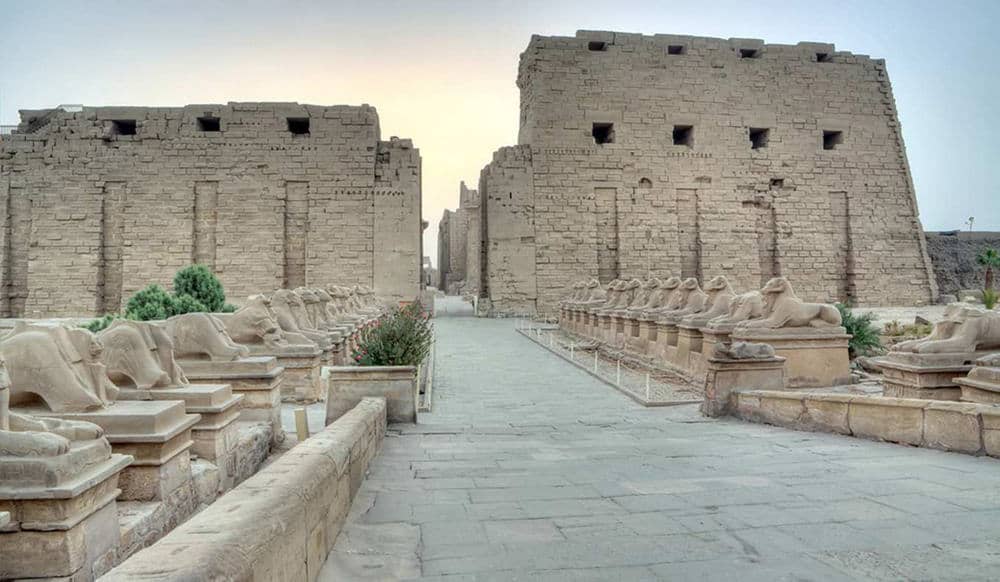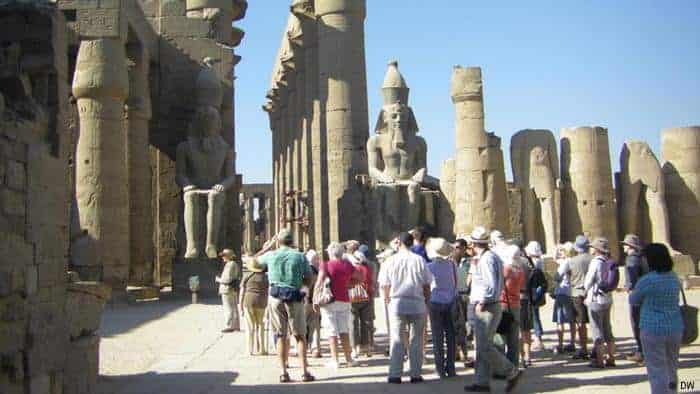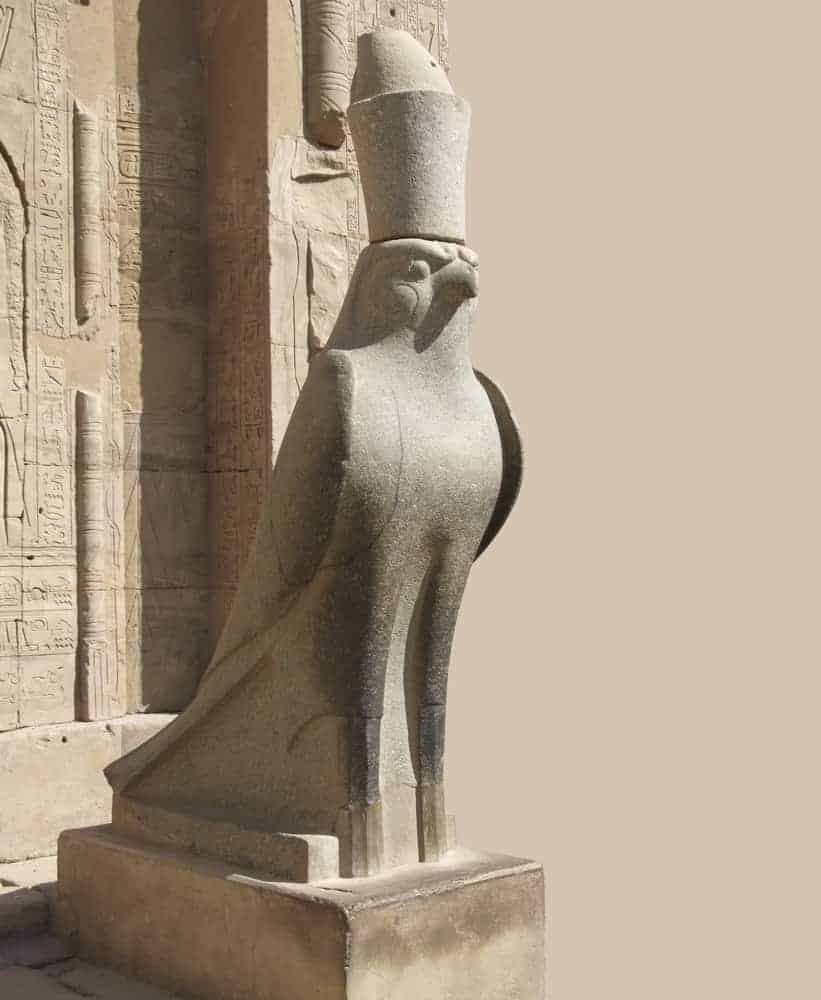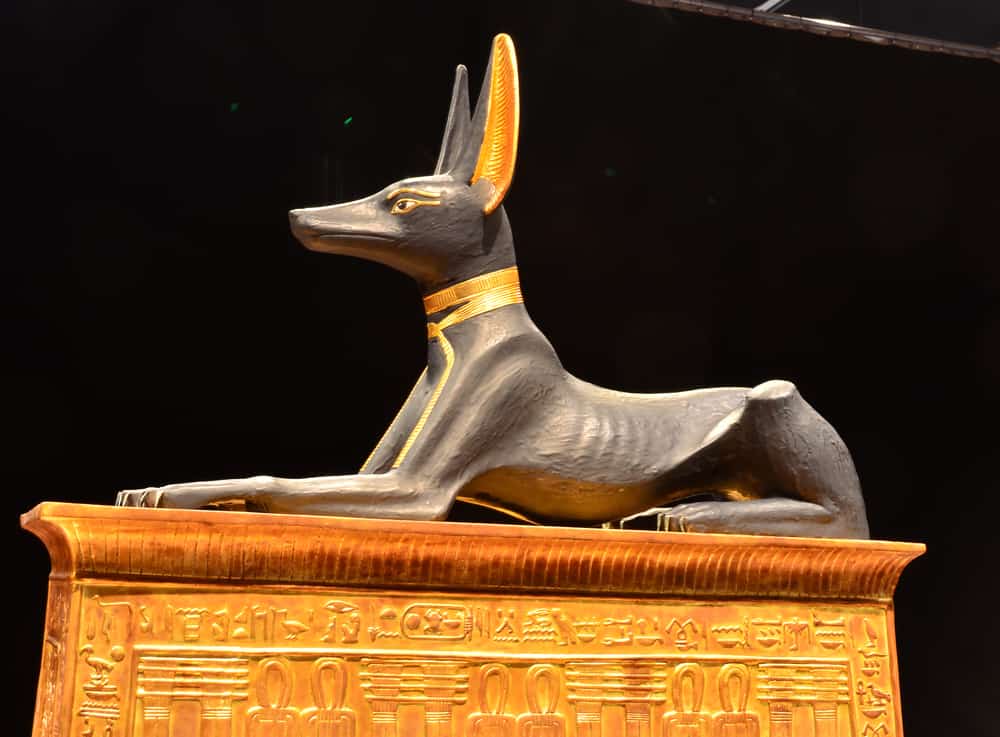You’ve heard about the movie; now come and see the real thing for yourself with our best Egypt tours! The Ancient Egyptians believed in God Amun RA, the sun god. They believed that the sun god died every day in the west and came back again to life every morning in the east, and that’s how ancient Egyptians started to think of the afterlife.
With the release of the adventure fantasy film, “Gods of Egypt,” we’ve provided a custom Egypt tour that will take you through eight of Egypt’s most well-known – and fascinating gods. With Osiris Tours, you can tour of Egypt gods and learn about ancient Egyptian gods, and learn about ancient Egyptian history. Check out our Egypt tour that focuses on the Gods of Egypt.
God Amun Ra
The first and main god in ancient Egypt was God Amun Ra. The Pyramids builders who lived during the Old Kingdom believed in the God Amu Ra. God Amun is described in the Pyramid texts as the primeval creator and symbol of creative force.
The worship of God Amun Ra rose in ancient Egypt when the Theban Pharaoh Ahmose I successfully expelled the Hyksos from Egypt, and then he started to show his gratitude to God Amun Ra. During the Middle Kingdom, the royal family established temples to God Amun Ra.

God Amun Ra was depicted as a ram, which was a symbol of fertility in ancient Egypt. During the New Kingdom, he was to be depicted as a pharaoh wearing his double crown (red and blue crowns) and sitting on his throne with his wife, Goddess Mut, and Their son, God Khunsu.
Alexander the great and his followers the Ptolemaic and Roman changed the image of God Amun Ra a little, they used to show him as a bearded man to refer to the wisdom that comes from him.
Luxor was the center of Amun Ra during the New Kingdom. It was (and still) divided into 2 banks, the East Bank and the West Bank (East and west of the River Nile).
On the East Bank, where they built Karnak and Luxor temples, all daily life activities used to be on the east side of the Nile because the sun rises/comes to life in the east.

With our Egypt luxury tour, you can wander around the west bank and see how they built their tombs, such as Valley of the Kings (where the tomb of King Tut), Valley of the Queens, Valley of the Nobles, and Valley of the Workers.
Anubis
On the west bank, you will learn about God Anubis, the god of mummification. Anubis is depicted in a prototyped image as a man with the head of the jackal holding a divine scepter carried by kings and gods.
In Ancient Egypt, Anubis was known as the god of the dead, but later, his role was usurped by God Osiris as he became much more popular than Anubis.
The ancient Egyptians chose the jackal to be their god of mummification because they hoped to invoke him to protect their deceased from jackals and other desert animals.
Mut
On the east bank of Luxor, enjoy a private guided tour to Egypt, including Karnak and Luxor temples, where you can learn about Goddess Mut, who used to be depicted as a woman, sometimes with wings, or a vulture wearing the crowns of royalty.
The worship of goddess Mut rose during the New Kingdom time during the golden era of her husband, the god Amun Ra.
Ancient Egyptians used to celebrate the Opet Festival, one of the most famous festivals in ancient Egypt. The ancient Egyptians used to carry a small boat with the golden statue of Mut and sail in the Nile from Karnak to Luxor temples.
This festival was known as the honeymoon for God Amun Ra and his wife, Goddess Mut.

Hathor
While sailing down the River Nile from Luxor to Aswan in one of the Nile cruises, you will get to enjoy a custom private tour of Edfu temple, the best-preserved temple in Egypt. In Edfu, learn about Goddess Hathor. She was known as the goddess of beauty and patron of the cosmetic arts. Check our post regarding how to choose the best Nile cruise in Egypt.

Hathor was the wife of Horus, the falcon-headed god. She used to be depicted in different images, including a cow, a woman with cow ears, or a pair of elegant horns. She was always depicted in red, which used to refer to the color of passion.
Horus
In Edfu temple, the story of God Horus and his bad uncle, God Seth, is not to be missed. Horus, the Falcon-headed god, Horus is almost the only god that has appeared as a local god in many places and under different names.
Horus was the son of Osiris, the god of the afterlife. Hours had gone through a long war with Seth, who was a symbol of evil, and finally, hours defeated Seth, but unfortunately, he lost his left eye in one of the battles.

During the time of Alexander the Great and his followers, the Ptolemaic, Horus was identified with Apollo, and his town of Edfu was called Apollionoplis.
After enjoying the Edfu temple, sail down the Nile towards Aswan and enjoy a private guided tour to Komombo temple, where you can learn about God Sobek.
Sobek
Sobek is depicted in the human body and crocodile face.
Ancient Egyptians who traveled and worked by the River Nile were very afraid of crocodiles, so they hoped if they prayed to Sobek, he would protect them from the crocodiles.
All the temples that were built for God Sobek were built in areas where crocodiles were common.
After visiting the Kom Ombo temple, enjoy visiting the crocodile museum to see tens of mummified crocodiles as ancient Egyptians used to mummify it and put them in coffins inside the temple to protect them.
Osiris
Travel to Aswan and enjoy a luxury tour of the Philae temple to learn about the God Osiris. God Osiris is the god of the afterlife in the ancient Egyptian civilization and the chief of the court. He was one of the most important gods of ancient Egypt. God Osiris was the god who guided Egyptian pharaohs to go through the afterlife court and reach paradise.
God Osiris had a conflict story with his brother, god Seth. God Seth drowned Osiris, and Seth tore his body into 14 pieces and scattered them all over Egypt.
His wife, the Goddess of magic, looked for his body and brought him back to life, and they remarried and got Hours, the falcon-headed god. Osiris’s son, God Horus, fought against Seth and won after a long war.
Aton
Wander around the Egyptian museum with your private guide and explore the history of God, Aton. Aton was depicted as the sun’s disk with rays reaching to the earth. Human hands come at the end of sunrays and often extend the ankh to the pharaoh.
There is no way to mention God Aton without its biggest promoter, King Akhenaten. When King Akhenaten started worshipping God Aton, he got into lots of trouble with the priests of God Amun RA, the priests in ancient Egypt who had a major power.

When the relationship between Akhenaton and Theban priests started getting strained, King Akhenaten started his religious revolution. He had to leave Thebes (Luxor) because it was the center of the God Amun Ra religion, and Nefertiti, his wife, left with him.
Nefertiti was not just a wife for Akhenaton, but she was his life partner and his only supporter when everyone was against him for changing the main religion of the Thebes, the religion of God Amun Ra.
After the death of Akhenaten, Nefertiti supported King Tut to take over and control the country because she was more experienced than Tut’s real mom due to her long time of rule with Akhenaten and the royal family.
The religion of God Aton almost stopped after the death of Pharaoh Akhenaten.
